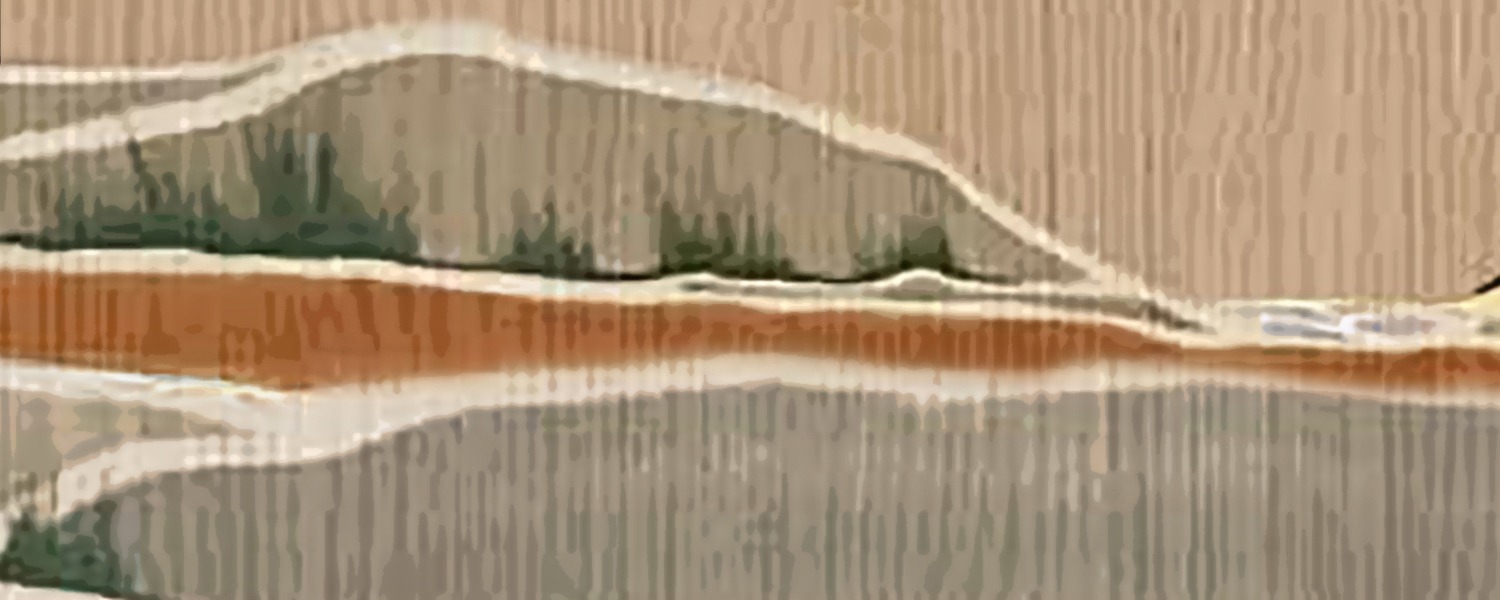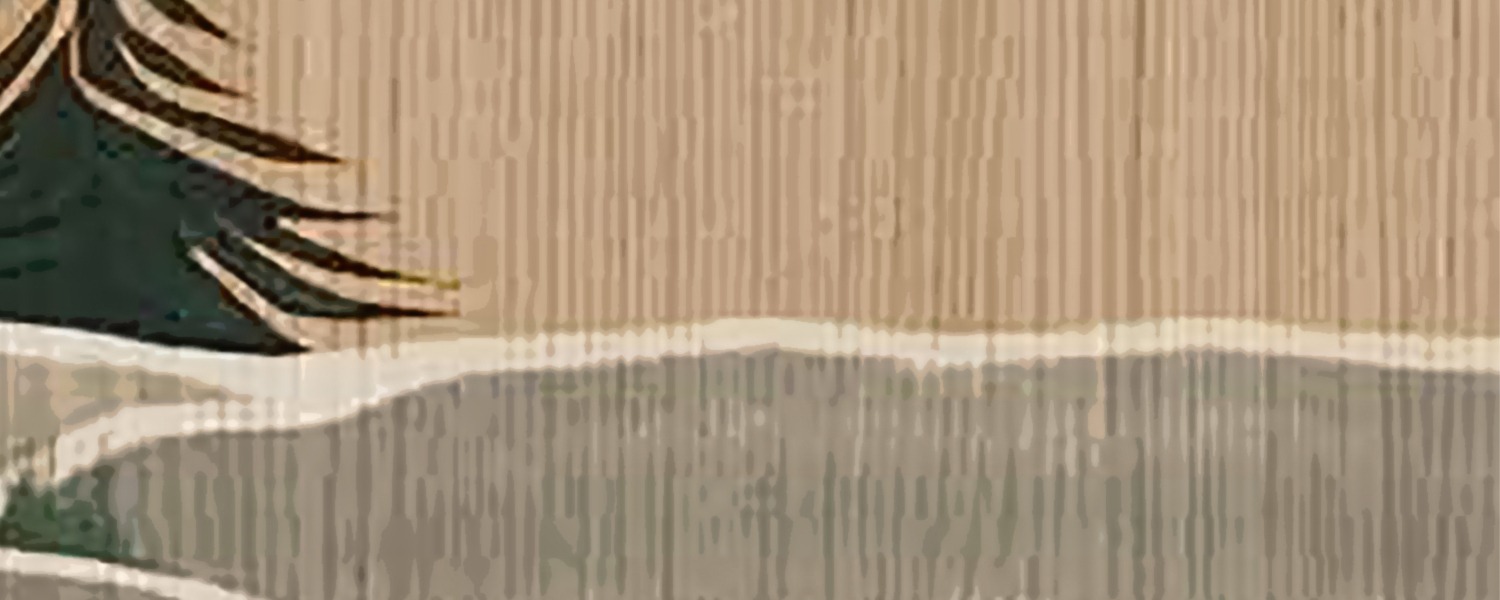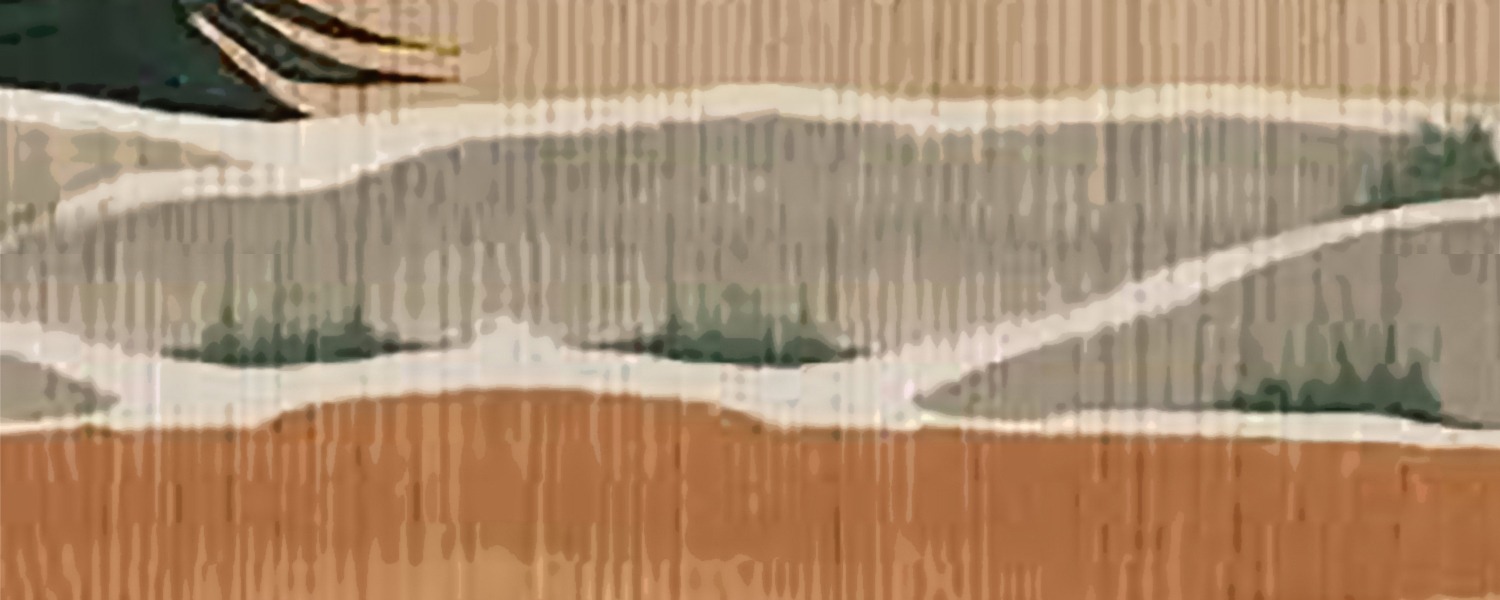Many citizens of Canada may wonder why their national government is proposing a Nation to Nation approach with the Indigenous peoples in Canada. Relationships are hard and having so many different cultures and protocols to learn and attend to, can be difficult to manage.
What is a Nation? In my situation, my historic Nation was found in a region that interacted frequently with both American and French settlers prior to an 1873 treaty. In fact, to get through my region was so painstaking, most Europeans travelled through Minnesota territory rather than attempt to travel through the dangerous waterways of northwestern Ontario.
Ethnographers refer to my people as the “Boundary Waters Anishinaabe” and there have been several studies about our way of life, our protocols. Through these century-old writings I have been able to find echoes of a National government system and ancient laws still discussed by our community Elders. One hundred and fifty years of “agent led” governance of fur traders and Indian Act representatives have chipped away at the capacity to fully self-govern. Now, the member communities of this Anishinaabe government – more ancient than most governments in Canada – must locally administer federal and provincially-managed programs through “Indian Act” governance in 28 distinct First Nation communities.
Canadian courts have exposed why Nation to Nation relationships are important to the reconciliation of Canada with Indigenous Nations that pre-existed Canada: “the fact is that when the settlers came, the Indians were there, organized in societies and occupying the land as their forefathers had done for centuries.” The Supreme Court’s decision in Calder v. the Queen, from which the preceding passage comes from, gave renewed life to our Indigenous Nations, premised on our connection to our ancestral lands.
In Calder, the Court recognized the fact that our laws governed within our societies, withan orientation to individual responsibility rather than individual rights. My Chief described these laws in 1873 as “the rules to govern ourselves rightly.”
Recently, meeting with federal representatives, I tried to articulate as best as I could that a one-size fits all approach is the old colonial approach to Canada-Indigenous Nations. For many years, the Indian Act was all that mattered and it drew a bright line around some of the Indigenous Nations in Canada. Federally recognized “Indians” received federal programs and services on the Indian reserves across Canada; Indians who were not “recognized” by the federal government usually received nothing. Even for the “lucky” Indigenous Nations that received federal programs and services, the financial shortfalls in these programs meant a long-term migration from impoverished reserves to neighbouring municipalities and urban centres over the last three decades. Only recently has the spotlight been shone on the harsh consequences of these shortfalls through cases such as the First Nation Children’s Caring Society case, before the Canadian Human Rights Tribunal.
It is only through many decades of studies, constitutional talks, and public inquiries that Canada realized that there are Indigenous Nations of importance outside of the Indian Act. In 1982, the Canadian constitutional order heralded that “Aboriginal” peoples included not only Indians, but also Métis and Inuit peoples. Recently, the Supreme Court of Canada concluded that “Indians” includes Métis and non-status Indians peoples under section 91(24) of the Constitution Act, 1867, as well as federally recognized “Indians” and Inuit peoples. Section 91(24), with its inaccurate and colonial terminology may well be the seed that led to colonialism, as it empowered the government to create an “Indian Act” and both must be revisited on a Nation-to-Nation basis.
Reconciliation requires a tremendous amount of effort because of the damage and turmoil of history. The societies that pre-existed Canada are the societies that need the Nation to Nation relationships that the Indian Act minimized in many ways. Despite being well-meaning, your laws will be your laws and if allowed to, they will displace something that was always there, more legitimate and more legal to our societies than yours could ever be.
I witness Prime Minister Justin Trudeau setting an illegitimate table for Nation to Nation discussions based on a misunderstanding of the reactions to our colonial past. A table set for a “national” representatives from Inuit, Métis, and First Nations, is like a table set for Manitoba, the Maritimes, and the rest of Canada as each group has but one representative. In addition, Indigenous Nations are not subgroups within Canada’s confederation, we are treaty partners of a confederated Canada. There might be fewer than 100 Indigenous Nations in Canada, if we could reach immediate and lasting reconciliation with the pre-existing societies. But, because of the legacy of the Indian Act and discriminatory policy under s.91(24) of the Constitution Act, 1867, Canada will need to work on the Nation to Nation approach with the Indian bands, building bridges, political institutions, and recalling traditional governance (and possibly with new approaches) as a project that would last past my own lifetime. The invitation to “join” Canada was made, for many of us, through a treaty relationship – Nation to Nation; not to join as a member of a confederation.
As much as I know that twentieth century ethnographers were wrong in calling my people Boundary Waters Ojibway, the Canadian government was wrong to call us Saulteaux in the 1873 treaty known as Treaty #3, and my grandfather was not entirely right in telling my Indian residential school educated mother that she should, “remember you are a Chippewa Indian”; I can reconcile these errors within their own context. I recall fully as if it is in my own blood memory, that my Nation made it a treaty imperative from 1869 to 1873 that the Canadian government was only to speak to the Nation in assembly and not to individual community leadership. This is something I will always fully respect as a Treaty #3 person. I am Anishinaabe’kwe, a member of the makwa do’dem (bear clan), and from Anishinaabe Aki (our ancestral territory, where we believe our Creator planted us), and I will try to explain this without frustration to anyone who inquires. The key to reconciliation is to do so Nation to Nation, and both parties are responsible to ensure that reconciliation is not “done” outside of respectful, reciprocal and peaceful existing, renewed or newly conciliated treaty relationships.
Our laws and your laws, and our societies and your society will someday peacefully co-exist.
Related Posts

Quebec Superior Court releases ground-breaking decision in s. 35 tobacco trade case
Friday, November 3, 2023
On November 1, 2023, an important aboriginal and treaty rights case was released by the Quebec Superior Court, R. v. Montour and…

Gitxaala v British Columbia: B.C. mineral claim system breaches the duty to consult
Gitxaała Nation and Ehattesaht First Nation are celebrating a win in their legal challenge of British Columbia’s free entry mineral claim system. The British Columbia Supreme Court ruled in favour…
Read More...
Carefully Exercising Jurisdiction to Control Cannabis Will Benefit Our Communities and Not Put Our Rights at Risk
Since recreational cannabis became legal in Canada, many First Nations have been considering creating their own laws to regulate it, including its possession, use, cultivation, distribution and sale. We have…
Read More...
